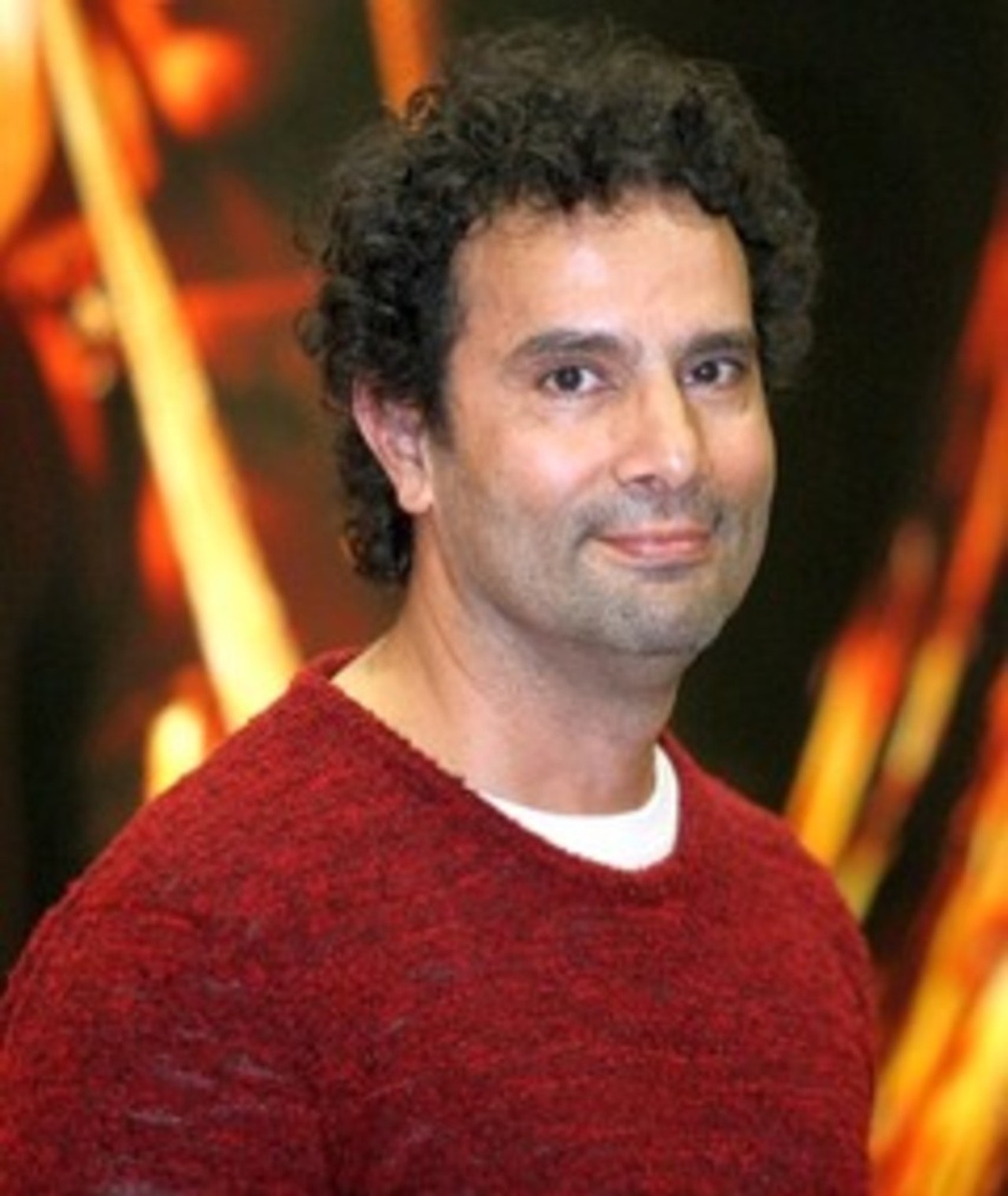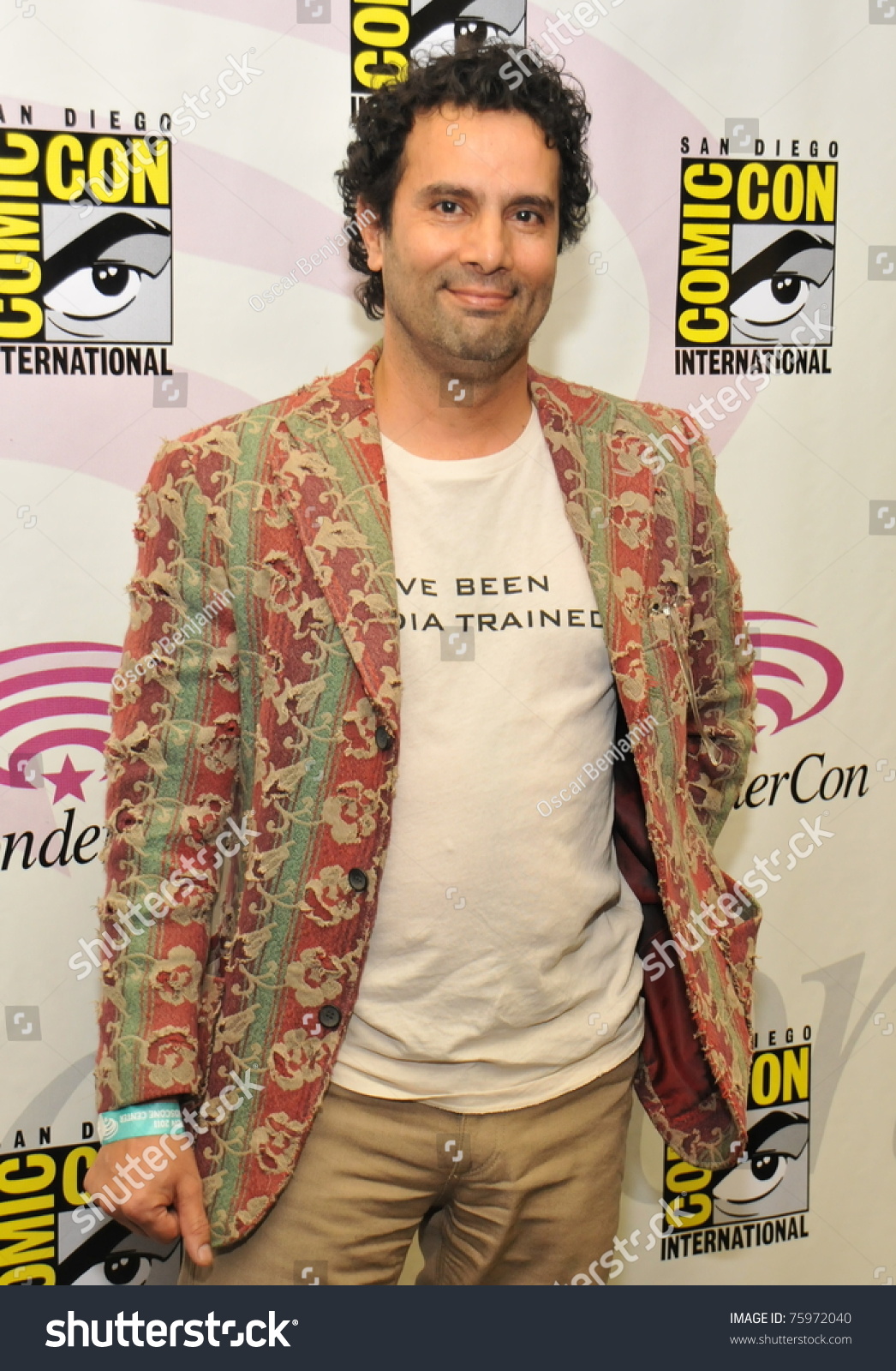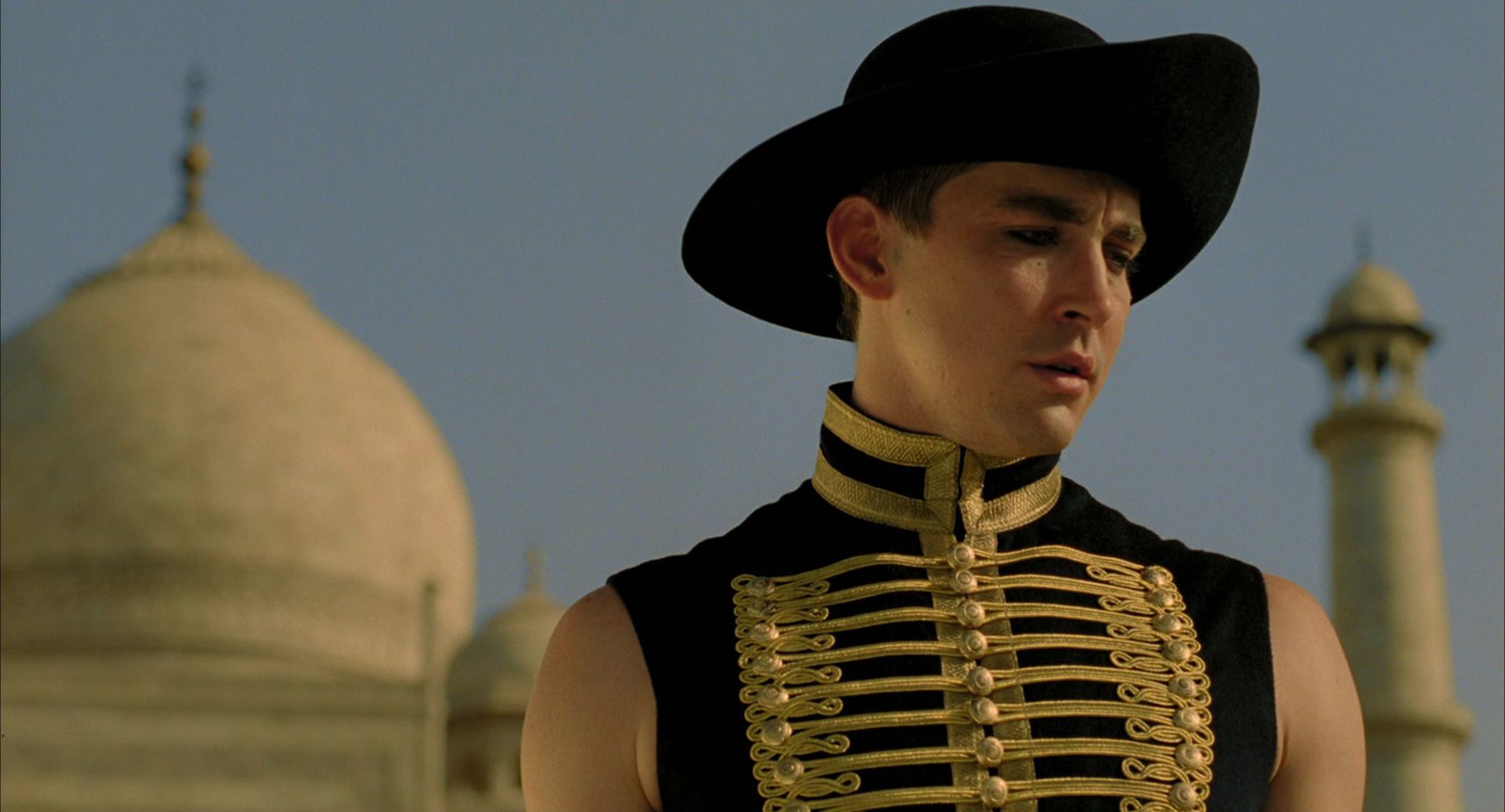Tarsem Singh Net - A Visual Storyteller's Journey
When people talk about filmmakers who truly see the world in a way all their own, a name that often comes up is Tarsem Singh. He is, you know, someone whose work just pops right off the screen, leaving a lasting impression on anyone who watches it. His creations are very much like walking into a painting that has come to life, full of rich colors and scenes that feel like dreams.
He started out, so, crafting visuals for music videos, giving artists like R.E.M. a look that was pretty much unforgettable. These early pieces really showed off his knack for making things look amazing, even with a short format. It was clear then that he had a unique eye, a way of seeing things that was, in a way, different from everyone else.
From those music videos, he gradually moved into making movies, bringing his distinct visual touch to the bigger screen. His films, you know, are often talked about for their incredible artistry and how they transport you to other places. He has, apparently, built a reputation for stories that are as much about the look and feel as they are about the plot itself.
- Bras For Big Busted Ladies
- Fudge The Whale
- Is Trina Married
- Don Henley Heart Of The Matter
- Loewe Puzzle Bag Medium
Table of Contents
- Biography of Tarsem Singh
- Personal Details of Tarsem Singh Net
- What Makes Tarsem Singh's Visuals So Distinct?
- How Did Tarsem Singh Net Start His Creative Path?
- Exploring the World of Tarsem Singh's Films
- The Impact of Tarsem Singh's Artistic Vision
- Where Does Tarsem Singh Find His Inspiration?
- The Future of Tarsem Singh Net's Work
Biography of Tarsem Singh
Tarsem Singh Dhandwar, often just known as Tarsem, was born in Jalandhar, Punjab, India. He grew up in a place that has, you know, a rich history and a very vibrant culture. This early exposure to diverse sights and sounds might have, in a way, shaped his later artistic leanings. His family, as a matter of fact, supported his interests, allowing him to follow a path that was not always typical for someone from his background.
He moved to the United States for his education, which was, in some respects, a big step. He first went to Art Center College of Design in Pasadena, California. This school is pretty much known for its strong programs in visual arts and design. It was here, apparently, that he really started to hone his skills and find his voice as a visual creator. He studied, you know, film and fine arts, soaking up all the knowledge he could.
After his studies, he started working in the world of commercials and music videos. This was, basically, where he first got to show off his talent for creating striking images. His early work quickly got noticed because it was so different, so visually rich. He had a way of making every frame count, making it feel like a piece of art. This early success, you know, paved the way for his later work in feature films, giving him a solid foundation.
Personal Details of Tarsem Singh Net
For those curious about the man behind the camera, Tarsem Singh Net has a background that is, you know, quite interesting. He was born in 1961, which makes him, as a matter of fact, a seasoned creator in the entertainment business. His full name, Tarsem Singh Dhandwar, carries a certain weight, a connection to his roots in India. He has, you know, always maintained a certain privacy about his personal life, preferring for his work to speak for itself.
He is known for his calm demeanor on set, even when dealing with very large and complex productions. This calm, you know, helps everyone around him stay focused. His approach to directing is, in a way, very hands-on, especially when it comes to the visual elements. He often sketches out scenes himself, really getting into the fine details of what he wants to achieve. This dedication to his craft is, you know, something people often talk about when they discuss his working style.
While he doesn't share many personal anecdotes, his films themselves often feel like a window into his imagination. They are, you know, filled with symbols and ideas that seem to come from a very deep place. He has, apparently, a fascination with mythology and ancient stories, which often show up in his work. This interest in timeless tales gives his films a certain quality, a feeling that they could have been made at almost any time.
| Detail | Information |
|---|---|
| Full Name | Tarsem Singh Dhandwar |
| Known As | Tarsem |
| Date of Birth | 1961 |
| Place of Birth | Jalandhar, Punjab, India |
| Nationality | Indian |
| Occupation | Film Director, Music Video Director |
| Education | Art Center College of Design, Pasadena |
What Makes Tarsem Singh's Visuals So Distinct?
When you watch a Tarsem film, you can, you know, usually tell it's his work pretty quickly. His visuals have a certain fingerprint, a look that stands out from other directors. One thing that really makes his style unique is his use of color. He doesn't just use color; he paints with it, creating scenes that are, in a way, incredibly rich and full of life. He often uses very bold and saturated hues, making everything pop.
Another key element is his attention to detail in set design and costumes. Every single piece of clothing, every prop, every background element is, you know, carefully chosen and placed. It's almost like he builds entire worlds from scratch, making sure that every little thing fits into the overall vision. These worlds often feel dreamlike, sometimes even surreal, pulling you into a different reality. This commitment to detail is, apparently, a big part of his process.
He also has a way of framing shots that makes them feel like works of art. He often uses wide shots that show off the scale of his sets, making them feel grand and epic. His characters are, you know, often placed in ways that highlight their relationship to the environment, making them feel like part of a larger picture. This deliberate composition gives his films a very artistic feel, as if each frame could be hung in a gallery. It is, you know, a very thoughtful way of putting things together.
How Did Tarsem Singh Net Start His Creative Path?
Tarsem's journey into filmmaking didn't begin with feature films right away. His creative path, you know, actually started in the world of music videos. This was, in a way, a perfect place for him to experiment with his visual ideas without the pressure of a full-length story. He got to direct videos for some big names, and these projects really let him show off his unique eye. He would create scenes that were, you know, often quite memorable and talked about.
One of his most famous early works was the music video for R.E.M.'s "Losing My Religion." That video, you know, was a huge hit and really put him on the map. It was full of striking imagery, drawing from religious art and symbolism, all presented in a very dramatic way. It showed that he could take a song and give it a visual life that was, in some respects, just as powerful as the music itself. This success, you know, opened many doors for him.
After gaining recognition for his music videos, he moved into directing commercials. This gave him even more opportunities to work with high production values and refine his visual storytelling in short bursts. These commercials, you know, were often mini-movies in themselves, showcasing his ability to create compelling visuals for different brands. It was, basically, a natural progression that allowed him to build his skills and reputation before tackling bigger projects like feature films.
Exploring the World of Tarsem Singh's Films
When Tarsem made the jump to feature films, he brought his signature visual style with him, making each movie a distinct experience. His first feature, "The Cell," starring Jennifer Lopez, was, you know, a very bold statement. It was a psychological thriller, but it was also a visual feast, full of surreal dreamscapes and nightmare visions. The film's look was, in a way, so strong that it almost became a character itself, drawing people in with its strange beauty.
Then came "The Fall," a film that many consider to be his most personal and visually stunning work. This movie, you know, was filmed over several years in more than 20 countries, without the use of computer-generated imagery for its fantastical landscapes. It's a story told within a story, where the visuals are, you know, absolutely breathtaking and feel like something out of a dream. It really showed his dedication to practical effects and real locations, making it a very special project.
He also directed "Immortals," a mythological action film, and "Mirror Mirror," a fresh take on the Snow White story. Both of these films, you know, continued his tradition of creating visually rich worlds. "Immortals" had a very stylized look, with its ancient gods and heroes, while "Mirror Mirror" was full of vibrant colors and whimsical designs, giving the classic fairy tale a new feel. His work, in some respects, always challenges what a film can look like, pushing the boundaries of visual storytelling.
The Impact of Tarsem Singh's Artistic Vision
Tarsem Singh's unique artistic vision has, you know, definitely left its mark on the film world. He is not someone who just follows trends; he sets them, or at least creates his own path. His films are often talked about for their sheer visual audacity, making them stand out in a landscape that can sometimes feel, in a way, very similar. He has shown that a film can be an experience for the eyes as much as for the mind, pushing the boundaries of what cinematic art can be.
His influence can be seen in how other filmmakers approach visual storytelling. He has, you know, inspired many to think more about the aesthetic quality of their work, to consider every frame as a potential piece of art. His commitment to creating elaborate, detailed worlds has, in some respects, encouraged a higher standard for production design and costume work in the industry. It's almost like he reminds everyone that movies are, at their heart, a visual medium.
Moreover, his work often sparks conversations about the role of visuals in a narrative. Some people, you know, might argue that his films are more about style than substance, but others would say that the style *is* the substance, that the visuals themselves tell a story. This debate, you know, is a good thing, as it makes people think more deeply about what they are watching. He has, in a way, broadened what audiences expect from a film, making them look for more than just a simple plot.
Where Does Tarsem Singh Find His Inspiration?
A lot of people wonder where Tarsem gets his amazing visual ideas. His inspiration, you know, seems to come from a very wide range of sources. He often draws from classical art, like Renaissance paintings and ancient sculptures. You can see echoes of these historical works in his compositions, in the way he poses his characters, and in the rich, almost painterly quality of his scenes. He has, apparently, a deep appreciation for art history, which clearly influences his work.
Mythology and folklore from around the world are also a big source of ideas for him. He often incorporates elements from different cultures' stories and legends into his films, giving them a timeless and universal feel. This interest in ancient tales allows him to create worlds that feel both familiar and utterly new, full of archetypal characters and grand themes. It is, you know, a way of tapping into stories that have resonated with people for centuries.
Beyond art and mythology, he also finds inspiration in architecture and natural landscapes. He travels a lot, and these experiences clearly feed his imagination. He has a keen eye for interesting structures and breathtaking scenery, which he then translates into his cinematic worlds. This blend of different influences, you know, is what makes his visual style so unique and so hard to categorize. He is, basically, always looking for beauty and wonder in the world around him.
The Future of Tarsem Singh Net's Work
What comes next for Tarsem Singh Net is always, you know, a topic of interest for those who admire his work. He doesn't make films very often, choosing his projects carefully, which means each new one is a big event. He seems to be someone who waits for the right idea, the right story, that truly allows him to use his visual talents to their fullest. This thoughtful approach means that whatever he does next will likely be, in a way, visually stunning and quite unique.
Given his past work, it's fair to guess that his future projects will continue to push the boundaries of visual storytelling. He might explore new technologies, but he will probably always keep his focus on creating beautiful, handcrafted images. He has, you know, a deep love for practical effects and real locations, so it's likely he will continue to blend those with any digital enhancements. This blend gives his films a certain texture, a feeling of being real even when they are fantastical.
Whether he directs another big-budget fantasy or a smaller, more intimate story, one thing is pretty much certain: it will look unlike anything else out there. His work is a reminder that cinema can be a truly visual art form, where every frame is a canvas. We can, you know, only wait and see what incredible worlds he will bring to life for us next, but it will surely be something worth watching.
- Don Henley Heart Of The Matter
- Bradley Cooper As Rocket
- Kelly Clarkson Where Have You Been Lyrics
- Walking Dead Gabriel
- Kirk Mendas

Tarsem Singh – Movies, Bio and Lists on MUBI

Tarsem singh Images, Stock Photos & Vectors | Shutterstock

Pictures of Tarsem Singh